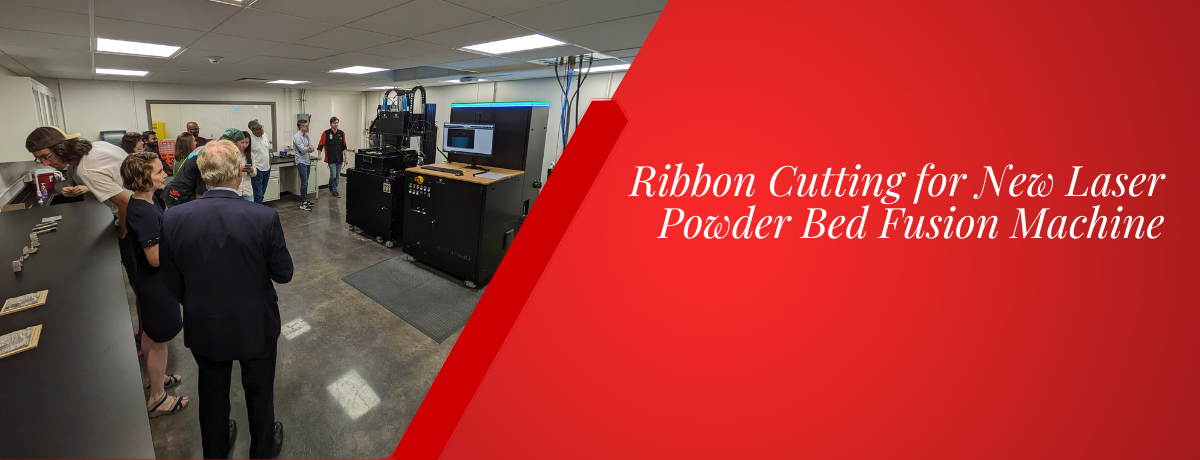Welcome to the homepage of the Multiscale Mechanics & Materials Lab!
PI: Ashley Spear, PhD
Associate Professor, Mechanical Engineering
Adjunct Professor, Materials Science and Engineering
Adjunct Professor, Kahlert School of Computing
University of Utah
Multiscale Mechanics & Materials Lab
Our group conducts cutting-edge research at the nexus of materials and structures. We couple materials characterization with high-performance computing and data-driven analysis (including machine learning) to address a wide range of research topics that are especially pertinent to the defense, aerospace, and manufacturing communities.
Philosophy
We believe that by pursuing a 3-D understanding of material and mechanical behavior across multiple length scales, we can begin to design smarter, multifunctional, and more sustainable structural systems to suit the needs of a dynamic society.
Tools & Techniques
The MMM Lab employs various types of computing resources to simulate and predict 3-D mechanical behavior of materials, with emphasis on fatigue and fracture. We support numerical modeling with advanced materials characterization techniques, including scanning electron microscopy (SEM), electron backscatter diffraction (EBSD), X-ray computed tomography (XCT), and high-energy X-ray diffraction microscopy (HEDM) to characterize and quantify material structure at lower length scales. Finally, we develop methods to analyze, visualize, and effectively communicate the multi-dimensional information obtained from our measurements and simulations.

